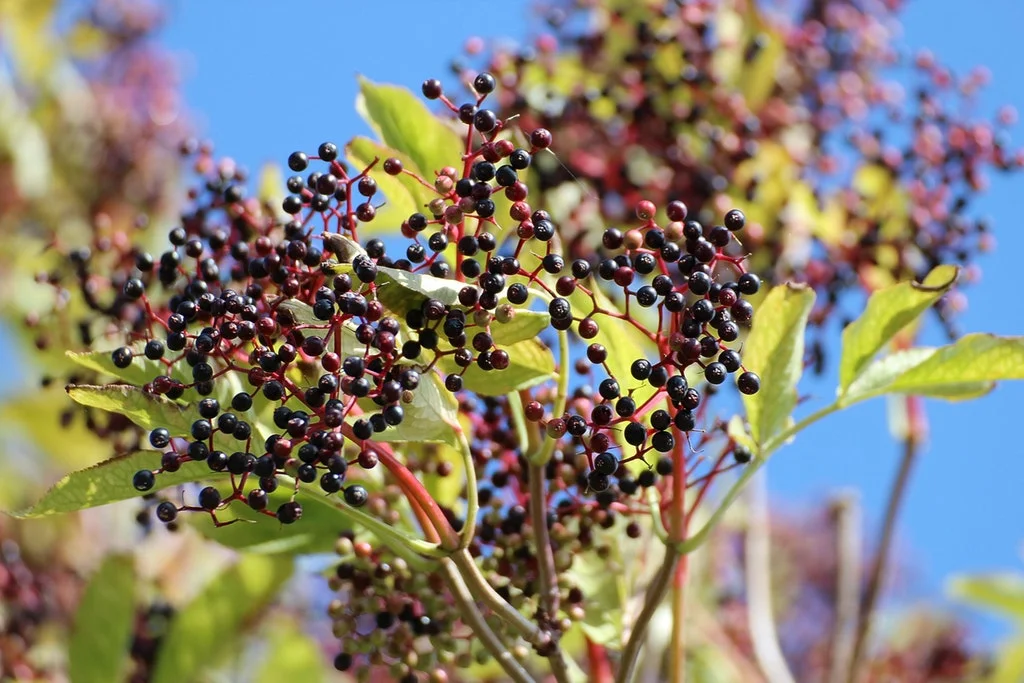Table of Contents
Clematis is a beautiful climbing vine that can quickly become the star of your garden, even if you are a novice gardener. A few varieties are finicky and require more care, but many of them are hardy, easy to grow, and vigorous.
Learn how to grow this beautiful plant in our easy step-by-step guide.
Materials Needed
Clematis patens Rebecca
Clematis plant
Potting medium with a compost mix
Garden fork
Shovel
All-purpose fertilizer
Bamboo cane
Garden twine
Vine eyes and wire (for planting next to a wall)
Planting
You can purchase a plant from many local growers and greenhouses. They can live up to 50 years, so it's important that you think carefully about where you want to plant it.
Choose a sunny area where the vines have something they can grow onto and climb. This can be something as easy as an old mailbox, a fence, or a wall. In my garden I used a simple wooden trellis. A wall will take slightly more work though. Also, this plant's roots like to stay cool, so you may want to plant it in an area where you can place flowers around its base to lower the ground temperature.
Dig plenty of organic matter into your chosen spot with your shovel. If you want it to climb a wall or a fence, start digging your hole 18 inches (46 cm) away from the fence. Dig your hole about 12 inches deep (30 cm) and twice as wide as your pot. Fork over the bottom of your hole with your garden fork, and add fertilizer.
Plant deep because this is one of the main defenses against fungus and common problems with this plant. Place your Clematis, still in the pot, in the hole. You want the lower limbs to be 2 inches (5 cm) below the lip of the hole.
Remove the plant from the hole and water it until water runs out of the bottom of the pot. When you've saturated your plant, it's time to remove it from the pot. Place it in the center of the hole, and start to backfill the hole with the fertilized potting medium.
Using your fingers, carefully push the fertilized soil through the roots to ensure that there are no air bubbles. Continue to backfill the hole until all of your fertilized potting medium is in place.
Flatten the potting medium down firmly, and stake the stems to your bamboo cane or to whatever you'd like it to grow on. Water the area around your Clematis thoroughly.
Growing
Now that your plant is in the ground, you have to know how to care for it to ensure that it thrives and continues to delight your garden or yard for years to come.
Plant ground-covering plants around your Clematis's base, and add a two-inch (5 cm) layer of mulch around your plant. Your mulch should contain a mixture of pine bark to help your plant retain moisture and keep the roots cool.
Water regularly throughout the first year. Water in the morning hours before the sun gets too hot, and you want to water every two or three days to help the roots stay cool and moist. Your plant may take up to an entire year to establish itself. If you didn't fertilize your plant when you first planted, you should do it at least twice a year.
Start training your Clematis right away to climb over whatever structure you'd like it to cover. Drape your plant over your trellis, cane, shrub, or an old mailbox. Apply loose twist ties around the stems and the structure until the plant attaches itself to the structure. Teaching your plant to climb a wall may be slightly trickier as you have to secure the wire to the wall and guide your plant up the wire until it latches on by itself.
Pruning
Via getbusygardening.com
You will have to prune at least once a year to keep it in check. Cut away any dead or dying parts of the plant. There are three major flowering groups with this plant, and you can prune it right after they flower in the spring, summer, or fall, based on which type of Clematis you have.
Prune lightly in the spring just after they flower. You're just tidying them up at this point. You want to remove any crowded branches, and this is an excellent time to tie off and start to train any new growth.
Pruning in the summer months allows you to remove any dead tips. Look for fat, healthy buds and sturdy branches as your cut-off point. These are usually located one or two feet (31 to 61 cm) down from the top of the vine. Prune the top 1-2 feet to allow for healthy growth to continue.
Pruning in the fall months allows you to help it get ready for winter. Trim your Clematis back around two feet (61 cm) off the ground. This will allow for new growth, and you can trim out crowded branches at this time as well.
Common Problems
Clematis Wilt
Clematis Wilt is caused by the fungus Ascochyta clematidina. Your plant will collapse suddenly and show blackened leaves or stems. Overwatering is one of the main causes of this disease, and it can take your plant up to two years to recover.
Cut away any diseased or dying stems and leaves to give your plant the best chance to survive. Remove the dead or diseased cuttings away from your healthy plant and monitor it carefully.
Clematis Trivia
Clematis Vitalba "Old Man's Beard"
Clematis is Ancient Greek for "a climbing plant."
Its common name is Old Man's Beard
Every part of the plant is toxic, and it causes mouth ulcers, so beware.
Its vines are the perfect wreath-making tools due to their flexibility.
Video
More Step-By-Step Tutorials
















